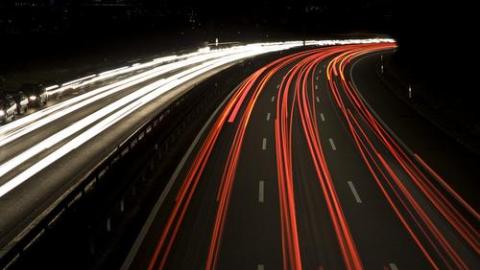Electrified Highways Will Recharge Tomorrow’s Cars

What’s the Latest Development?
Wireless electricity transfers may power tomorrow’s electric cars by making use of recharging coils placed beneath the surface of roads, particularly along interstate highway systems. The coils would be set to the same electromagnetic frequency as the car’s battery, allowing an efficient transfer of electricity. Building on work done at MIT in 2006, a Stanford team has “have come up with designs of coil that allow 97% efficient transmission of power over a distance of about 2m (6ft).” The team thinks about 10KW of power can be transferred.
What’s the Big Idea?
Wireless highway systems could mean widespread adoption of electric vehicles, according to Dr. Richard Sassoon, a member of the Stanford research team. He says there are three main reasons why people prefer internal combustion engines to electric cars: “One is the short range that an electric vehicle can travel between charges, and that’s based on the size of the battery. The second is the lack of a sufficient charging infrastructure, and the third is that even if you can charge, it takes a long time to charge—several hours. That means you’re going to have to take a break in your trip in order to charge your vehicle.”
Photo credit: shutterstock.com





